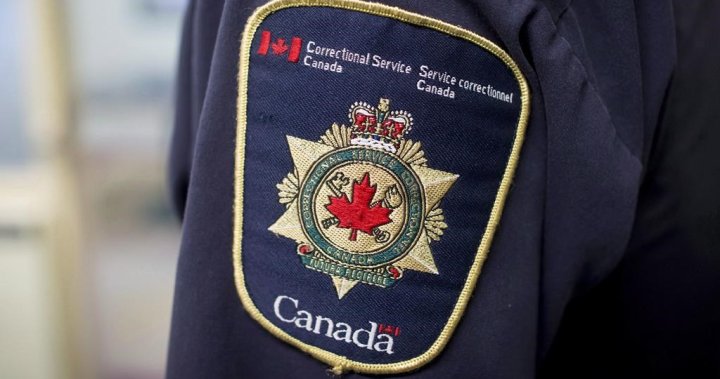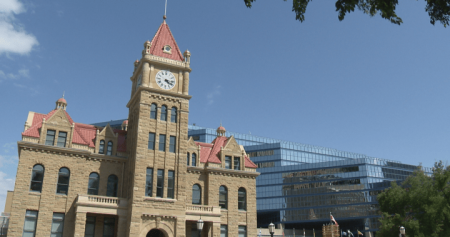Howard Sapers, a former Correctional Investigator of Canada, believes that Canadians should have more transparency when it comes to decisions made by corrections officials, such as high-profile prison transfers. He acknowledges the importance of privacy rights, stating that personal information about prisoners should not be shared unless it is in the public interest. Sapers emphasizes the need for correctional services to better explain their decision-making processes to the public to increase understanding of why certain decisions are made and how they are made.
Recent reports have highlighted instances where high-profile prisoners, such as Luka Magnotta and Paul Bernardo, were transferred to lower-security prisons without public knowledge. This lack of transparency has sparked controversy and concern among Canadians, particularly regarding the safety of the public and the rights of victims’ families to access information about prisoner transfers. Sapers notes that individuals closely related to a particular case, such as family members of victims, have the right to access more information than the general public through registration with the Correctional Service of Canada.
Sapers explains that Canadian law mandates regular assessments of prisoners to determine their security classification and ensure that they are not being unduly restricted. He emphasizes the principle that the state should only limit a citizen’s independence to the extent necessary to meet a legal reason, highlighting the importance of maintaining the least restrictive measures. Both Bernardo and Magnotta, serving life sentences, are subject to ongoing assessments and supervision, even if they are transferred to different facilities or released on parole.
Concerns have been raised in Canada regarding bail and parole laws in light of reports about repeat offenders committing new crimes while out on bail. Myles Sanderson, accused of a fatal stabbing in Saskatchewan in 2022 while on statutory release, prompted an investigation into the adequacy of risk assessments for domestic violence and offender suicide. Sapers acknowledges the challenges posed by statutory release, where inmates considered too risky are released with minimal supervision, potentially leading to public safety risks.
The Canadian Civil Liberties Association has identified a high proportion of individuals in provincial and territorial jails awaiting bail or trial, reaching record levels in recent years. Sapers highlights the risks associated with overcrowding in correctional facilities, emphasizing that crowded conditions are unsafe and pose challenges for both staff and inmates. While federal prisons do not face the same overcrowding issues as provincial facilities, there is a concerning rise in violence, including assaults on prison staff and inmates, prompting fears of potential major disturbances or riots in the future.
Sapers and current corrections officials have expressed worries about the increase in prison violence, attributing it to various factors such as the lack of prison programs and jobs, as well as increased lockdowns due to staff shortages. This trend of rising violence in federal prisons has raised concerns about a potential flashpoint that could escalate into more significant disturbances. Sapers urges proactive measures to address the underlying issues contributing to violence in correctional facilities, emphasizing the importance of maintaining safety and security for both staff and inmates.













